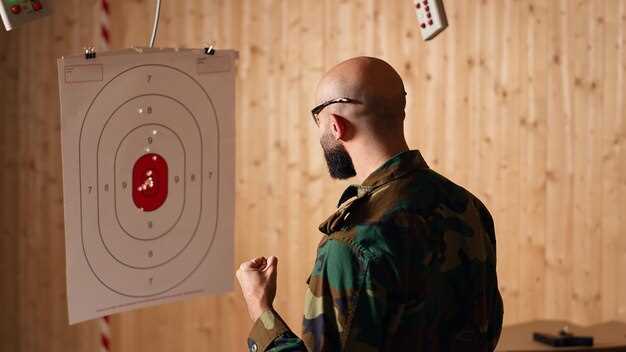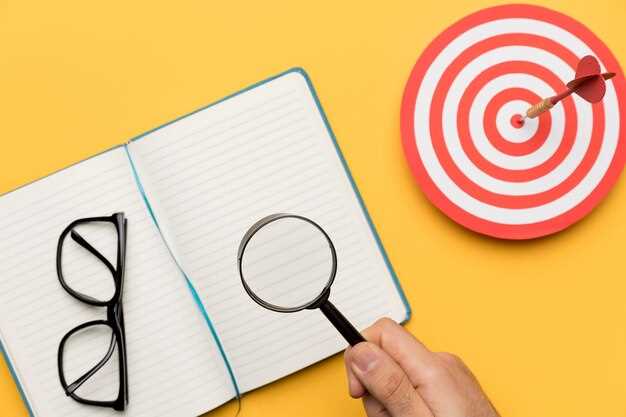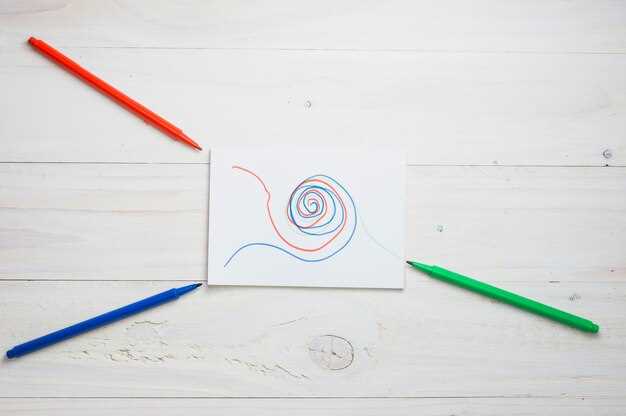
Choosing the right paper targets for practice

Shooting practice is an essential component for anyone looking to improve their skills, whether for sport or personal defense. One of the most important tools in this process is the choice of targets. Selecting the right paper targets can significantly affect your shooting accuracy and overall experience.
When it comes to shooting practice, understanding different types of targets is crucial. Paper targets come in various forms, including silhouettes, bullseyes, and custom designs, each serving unique purposes. The right target can help you focus on specific aspects of your shooting technique, be it alignment, trigger control, or timing.
In this article, we will explore key factors to consider when choosing the best paper targets for your shooting practice. From understanding your goals to matching target types with your skill level, we’ll provide insights to help you select the most effective tools for honing your shooting abilities.
Understanding Target Types and Their Use in Different Shooting Disciplines

When it comes to shooting practice, selecting the right paper targets is essential for honing skills effectively. Different shooting disciplines require specific types of targets that suit their respective scoring systems and training objectives.
In rifle shooting, targets often feature a clear bullseye configuration, designed for precision aiming. These targets provide defined scoring areas that allow shooters to measure their accuracy and make necessary adjustments. Common sizes include both 100 and 200-yard targets, catering to various distance challenges.
For pistol shooting, shooters typically utilize smaller, more compact targets, which may include either traditional bullseye or silhouette styles. Silhouette targets are particularly effective for developing quick draw and target acquisition skills, simulating real-world scenarios. Paper targets used in this discipline often have distinct scoring zones, encouraging shooters to focus on their accuracy and speed.
Skeet and trap shooting present a different challenge, as they emphasize moving targets. While traditional paper targets are not used in these disciplines, understanding target setup can still enhance overall shooting proficiency. Some shooters practice with paper “clay” targets that mimic the trajectory and speed of actual clays, aiding in developing timing and lead skills.
Moreover, target design varies between training and competitive scenarios. In a training environment, targets may focus on skill development, featuring marked scoring zones and feedback indicators, while competition targets generally adhere to strict guidelines to ensure fairness and uniformity during events.
In conclusion, selecting the appropriate paper targets tailored to each shooting discipline is crucial. Understanding the nuances of target types not only aids in skill enhancement but also in assessing performance capabilities accurately. Choose wisely to align your practice sessions with your shooting goals.
Selecting Targets Based on Shooting Distances and Conditions

Choosing the right paper targets is essential for effective shooting practice. The selection process significantly relies on the shooting distance and environmental conditions. Different distances require varying target sizes and designs to enhance training efficiency.
At short distances, such as 7 to 15 yards, larger targets with clear markings allow shooters to focus on accuracy. These targets help in honing skills such as aiming and trigger control. Targets featuring contrasting colors or patterns can further aid in quick target acquisition.
For medium distances, typically ranging from 15 to 50 yards, using standard silhouette targets becomes beneficial. These targets help simulate real-life scenarios, improving your shooting precision under different conditions. Choosing targets with scoring zones can also motivate shooters to aim for higher accuracy.
Long-range shooting, beyond 50 yards, requires more specialized targets. Smaller, more detailed targets are advisable to challenge the shooter’s precision and to develop skills necessary for distance shooting. High-contrast targets ensure visibility even at greater lengths, while durable materials can withstand prolonged exposure to the elements.
In outdoor shooting environments, weather can influence target selection. Wind and lighting conditions must be considered when choosing paper targets. Targets that are resistant to environmental factors will maintain their integrity during practice sessions, ensuring consistent performance.
Overall, the key to effective shooting practice lies in matching tools, such as targets, to the specific shooting distance and conditions. This strategic selection enhances skill development and prepares shooters for various scenarios they may encounter.
Reviewing Essential Shooting Tools and Accessories for Target Practice
When it comes to enhancing your shooting practice, selecting the right tools and accessories is crucial. First and foremost, quality paper targets are essential. They come in various designs, including silhouette, bullseye, and even specialty targets that react when hit. Choosing the right target can help focus your practice sessions and track your progress effectively.
In addition to targets, a good target stand is necessary for proper setup. Robust stands ensure that your paper targets remain stable, allowing for accurate shooting. Look for lightweight and portable options that can be easily transported to different shooting locations.
An important accessory to consider is a spotting scope or binoculars. These tools enable shooters to view their targets from a distance and assess their accuracy without having to approach the target area continuously. This not only saves time but helps maintain focus during practice.
No shooting practice is complete without reliable shooting bags or rests. These tools provide additional support, helping to stabilize your firearm during aim and shoot phases. Using bags can significantly impact your shooting accuracy, especially for precision rifle shooting.
Finally, don’t overlook the importance of a shooting log. This accessory allows you to document your sessions, track your progress, and identify areas for improvement. Recording details like the type of targets used, ammunition performance, and environmental conditions can inform your future practice and refine your shooting skills.




